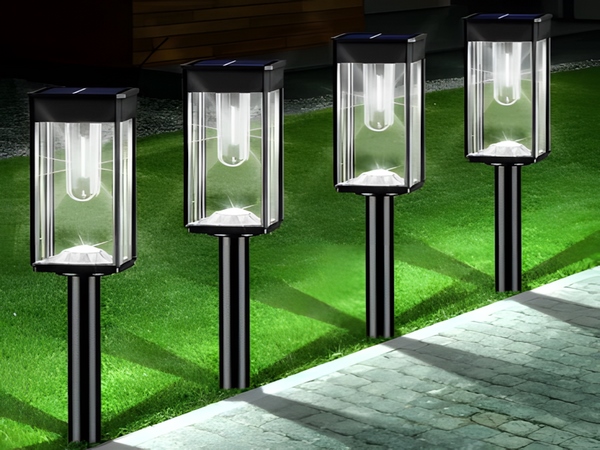
City Landscape Lights
primarily serve to create an elegant and comfortable nighttime environment, enhancing safety and vigilance. By employing certain lighting techniques, these lights display charming scenery and decorate the surroundings, guiding tourists and beautifying urban night views.
What are the functions of city landscape light design?
The manufacturer of streetlights will explain:
1. Strengthening Spatial Perception
In modern lighting design, techniques such as emphasizing and suppressing light, play with illumination angles and ranges establish compositions, order, and rhythm of light, greatly enriching the spatial variation effects. The contrast of light and dark highlights bright visuals against a low-brightness background, capturing people’s attention.
When diffused light serves as the overall illumination of a space, it creates a sense of expansion; directional light enhances the shadows of objects and the contrast of light and shadow, thereby making the space feel more three-dimensional. By varying the characteristics of different lights and their brightness distributions, one can emphasize areas that need attention while diminishing the prominence of less important areas. Lighting can also alter the perceived solidity of a space, creating a floating effect for objects. These varied lighting techniques enrich spatial content and enhance spatial perception, further refining and beautifying the landscape environment.
2. Creating Atmosphere
Light and color are crucial in establishing the atmosphere of a space, and the ambiance shifts depending on the color of the light used. Choosing light colors should align with the climate, environment, and style of the square.
For example, using neon lights and various focused lights can make the urban landscape atmosphere more lively and vibrant; warm-colored lights can emphasize the atmosphere of the environment, while greenish lighting can provide a comfortable and cool sensation during summer.
3. The Art of Light and Shadow
Light and shadow is itself an expressive art form, like sunlight filtering through tree branches and casting patches of light that shift with the breeze. When designing illumination, one should fully utilize various lighting fixtures to vividly portray light and shadow effects, enriching spatial content. The techniques for managing light and shadow are diverse; one can emphasize either light or shadow or depict them in conjunction.

The design of city landscape lights improves our nighttime living environment, enriches residents’ recreational activities, and enhances the city’s overall competitiveness and image, making it a vital aspect of urban cultural development.




